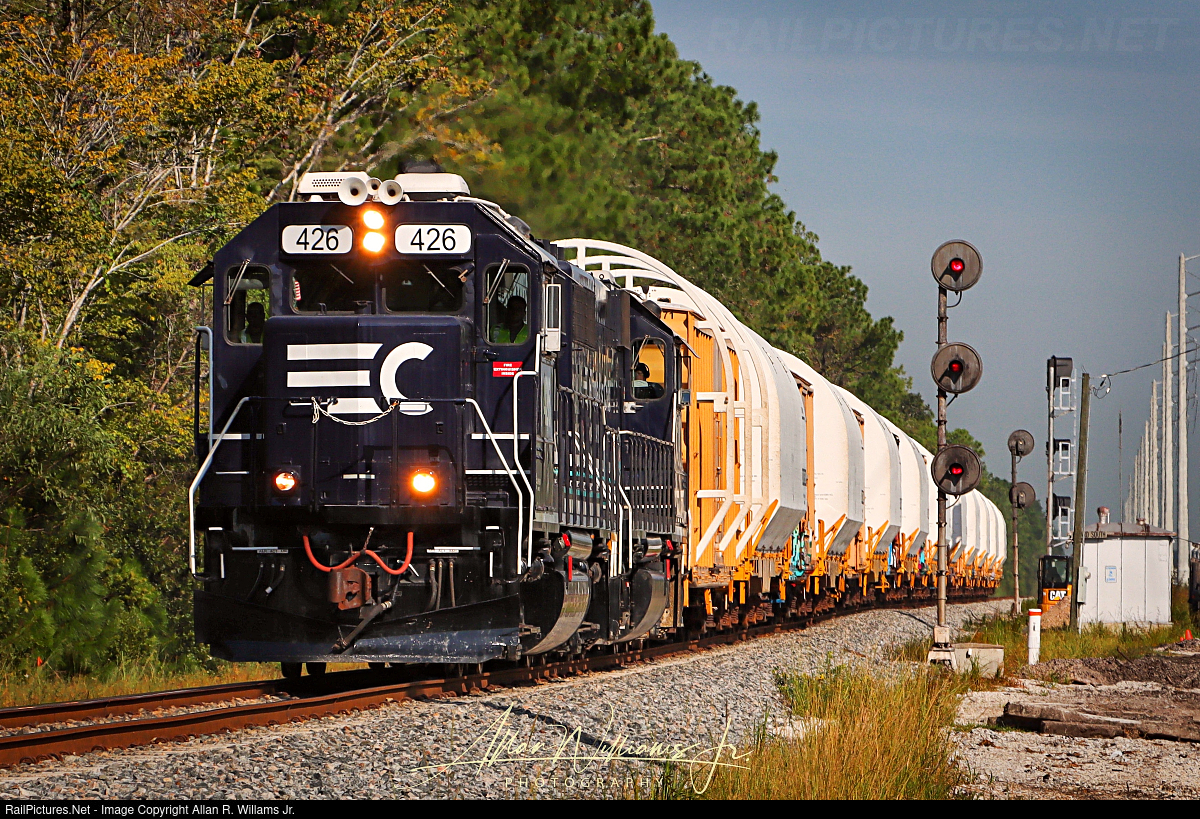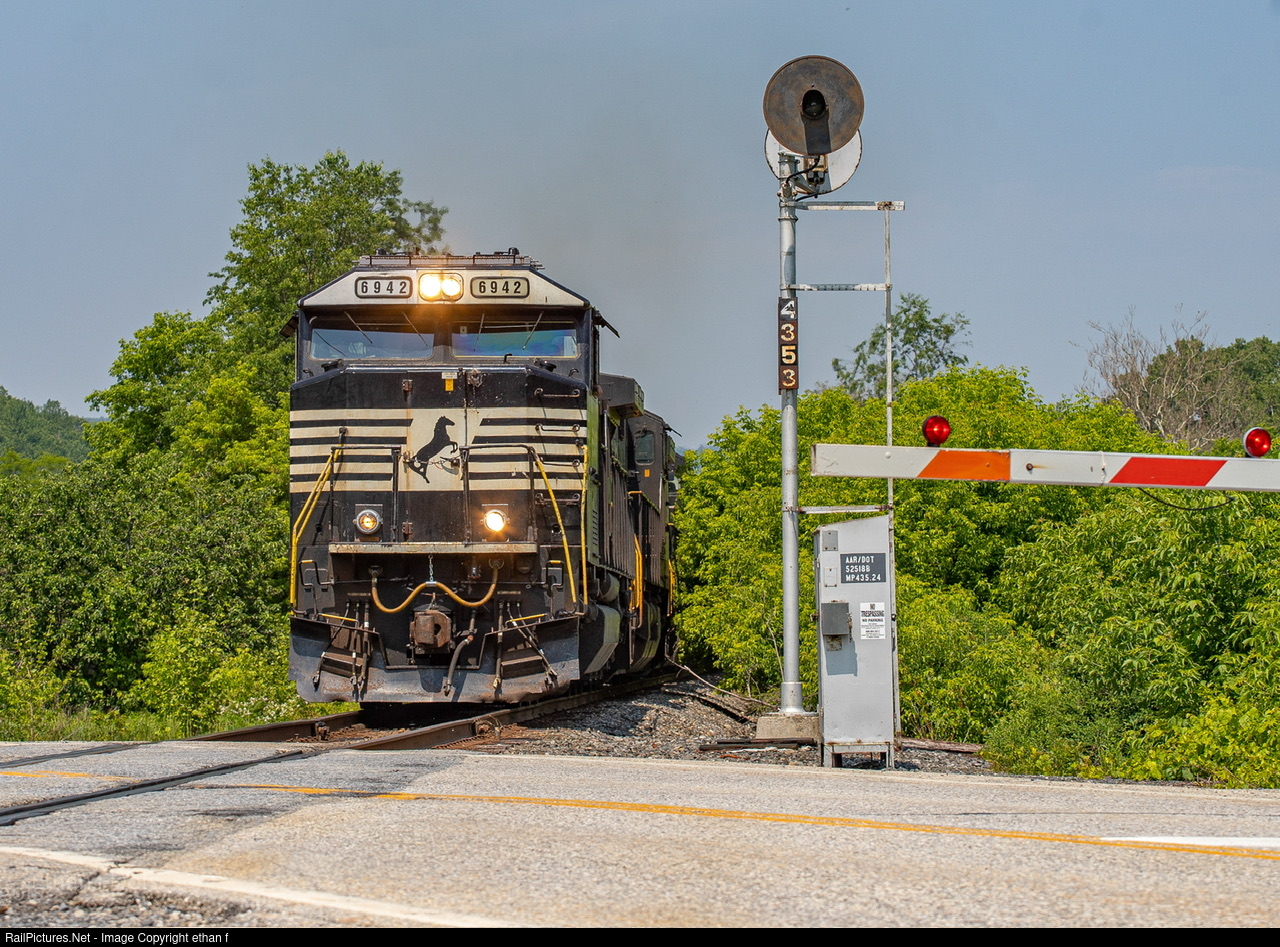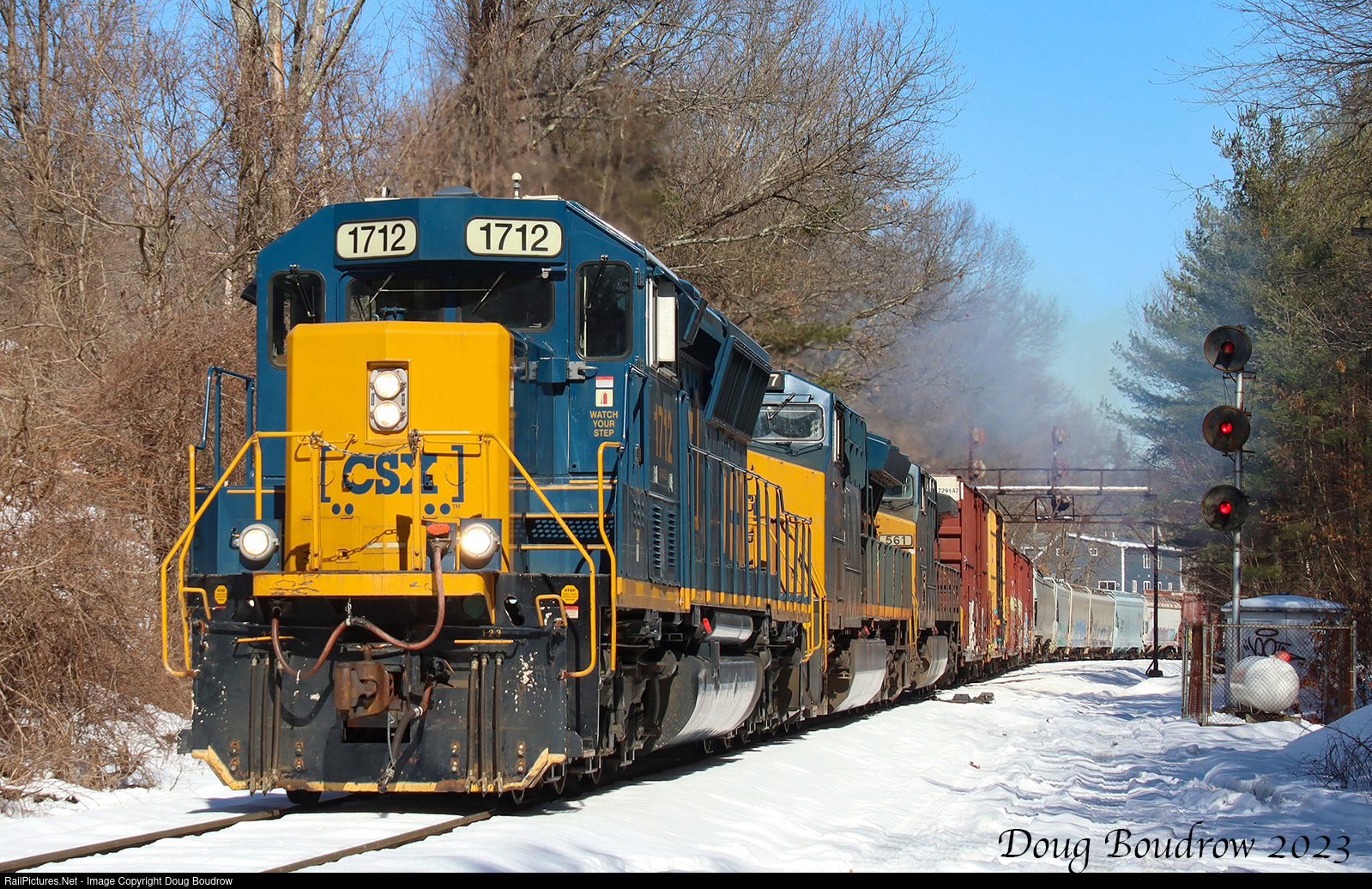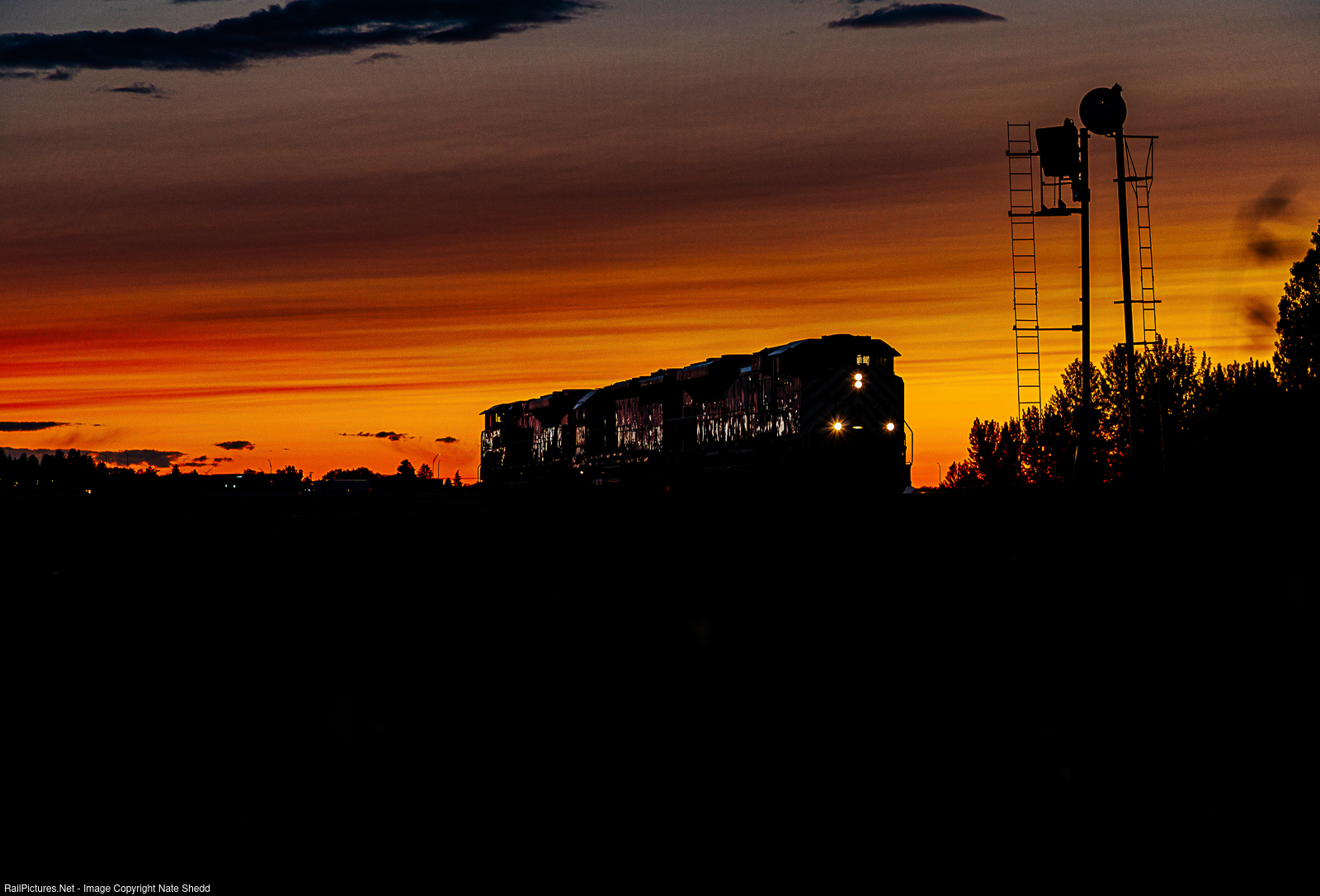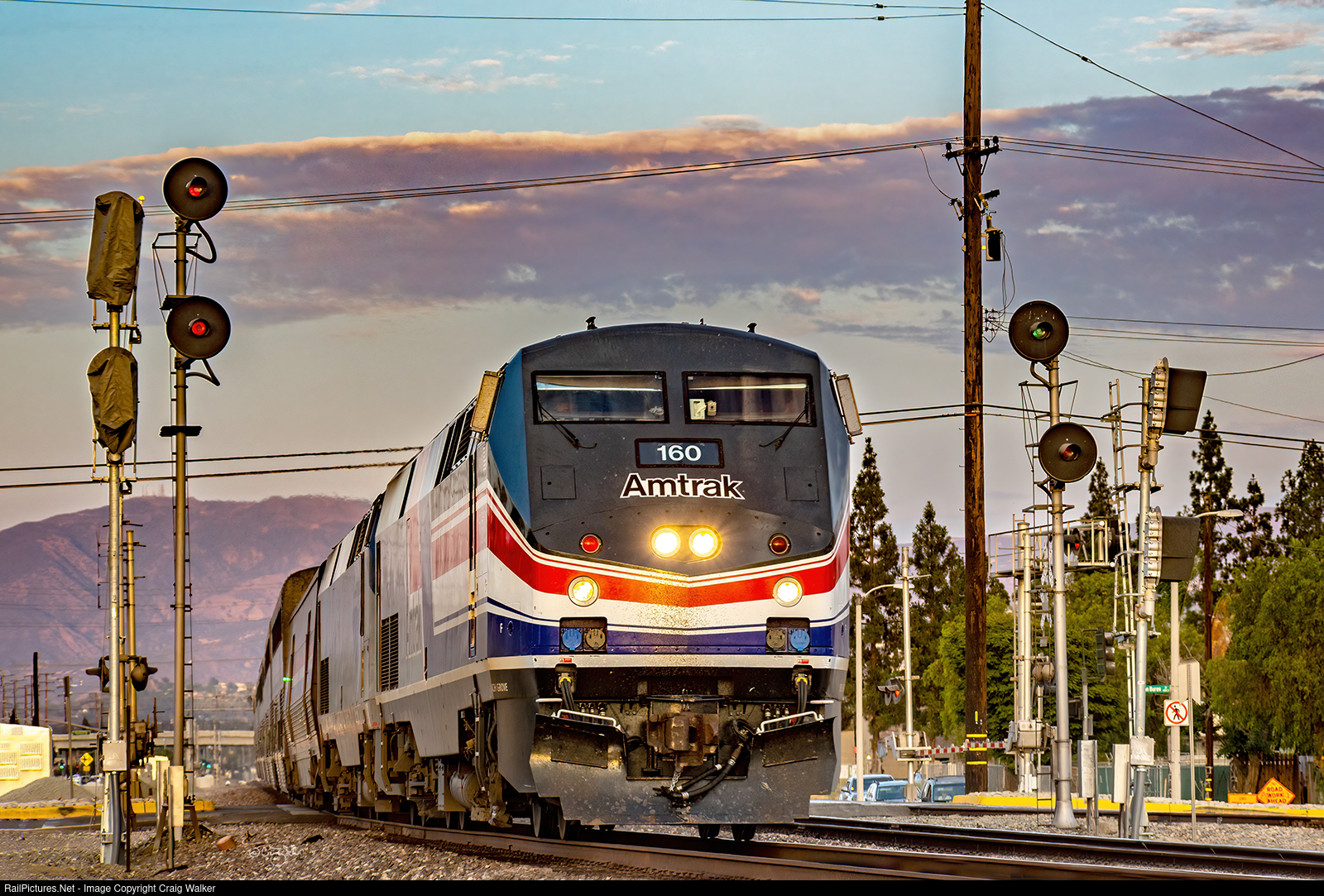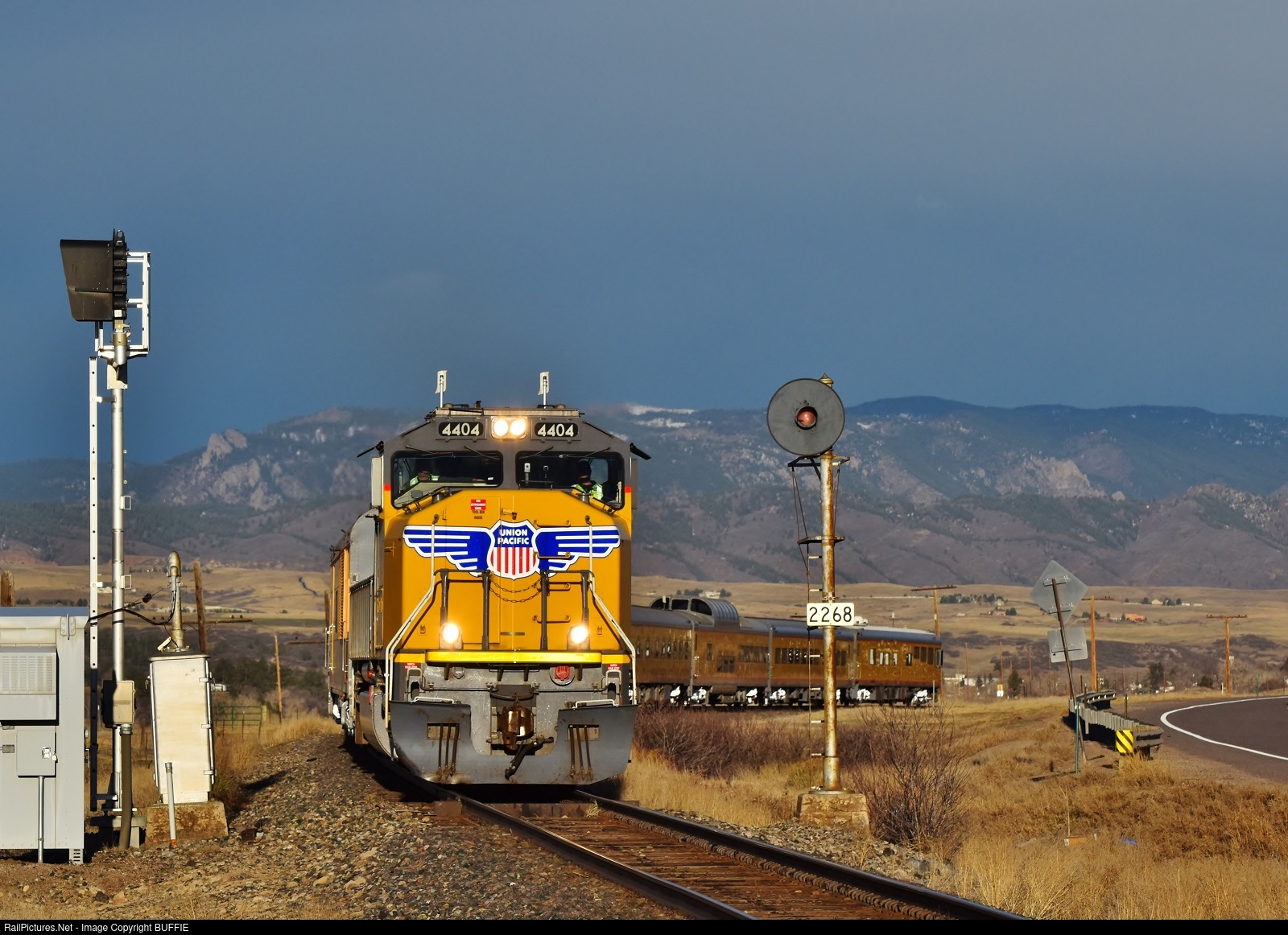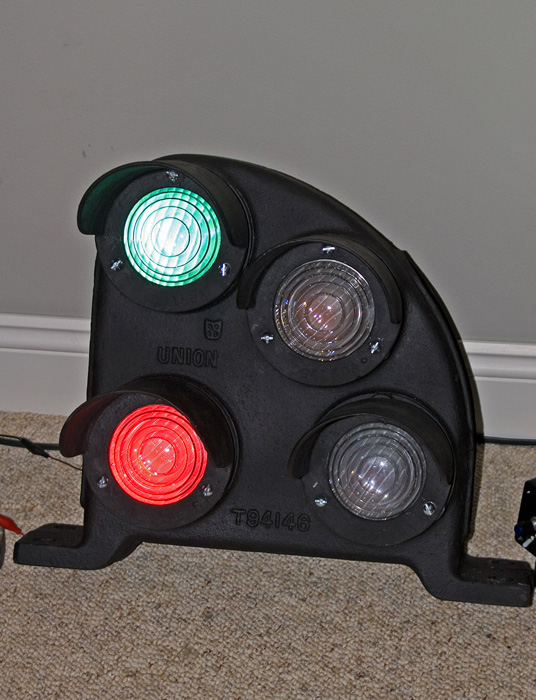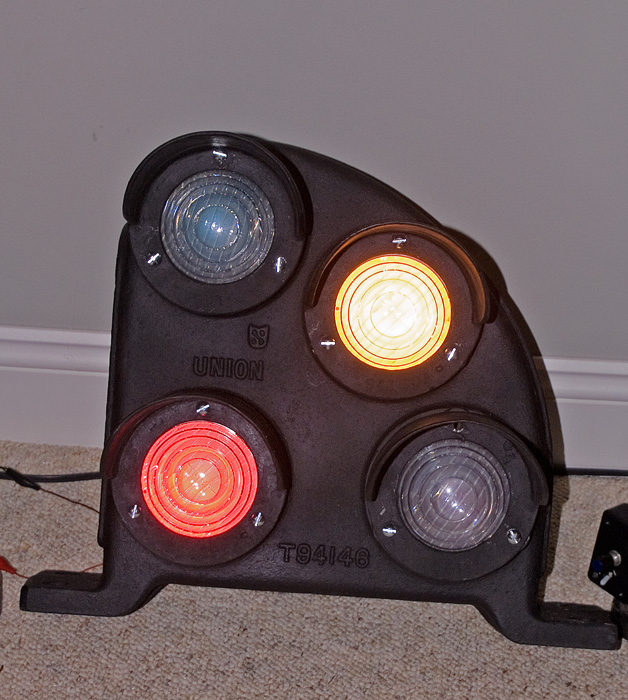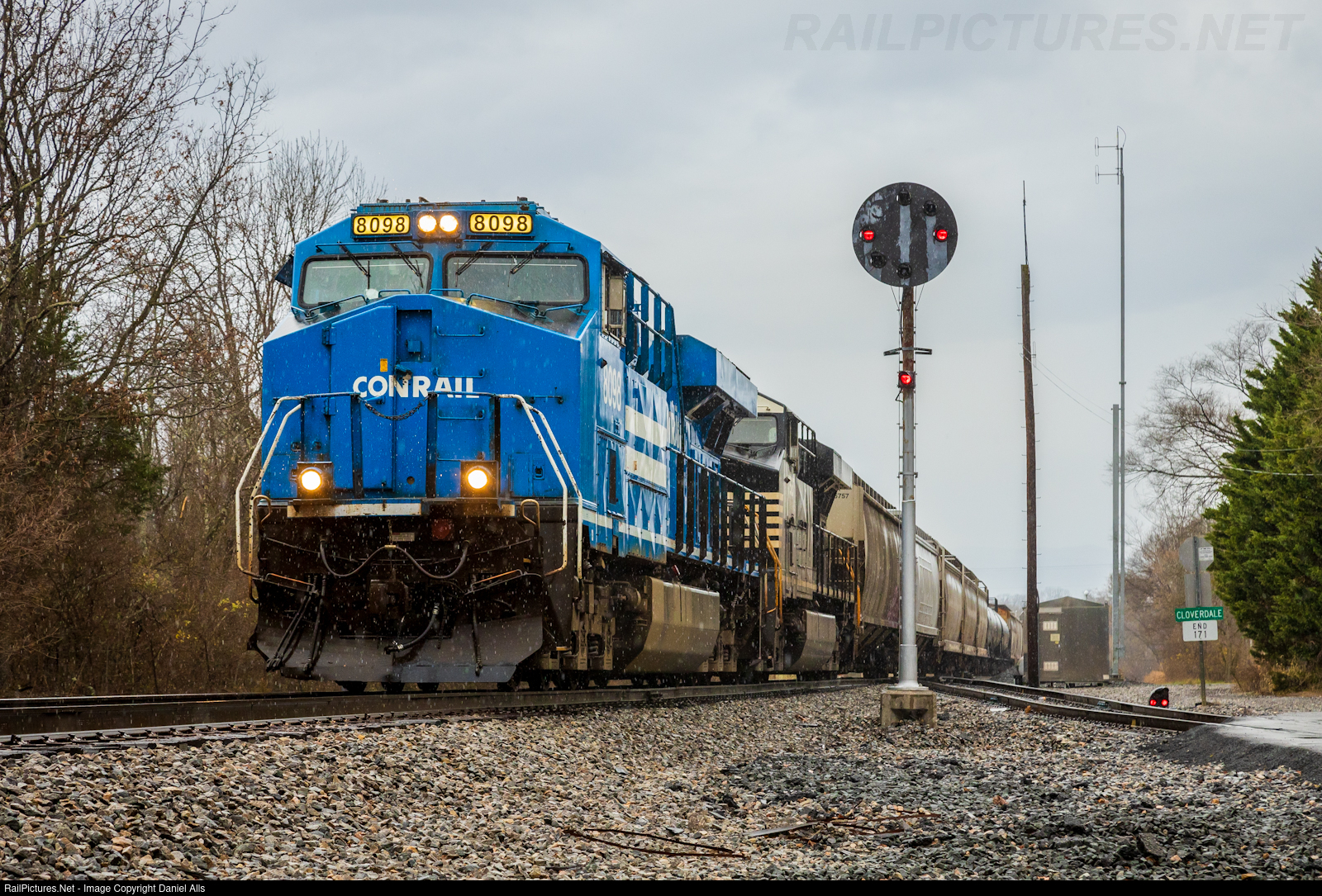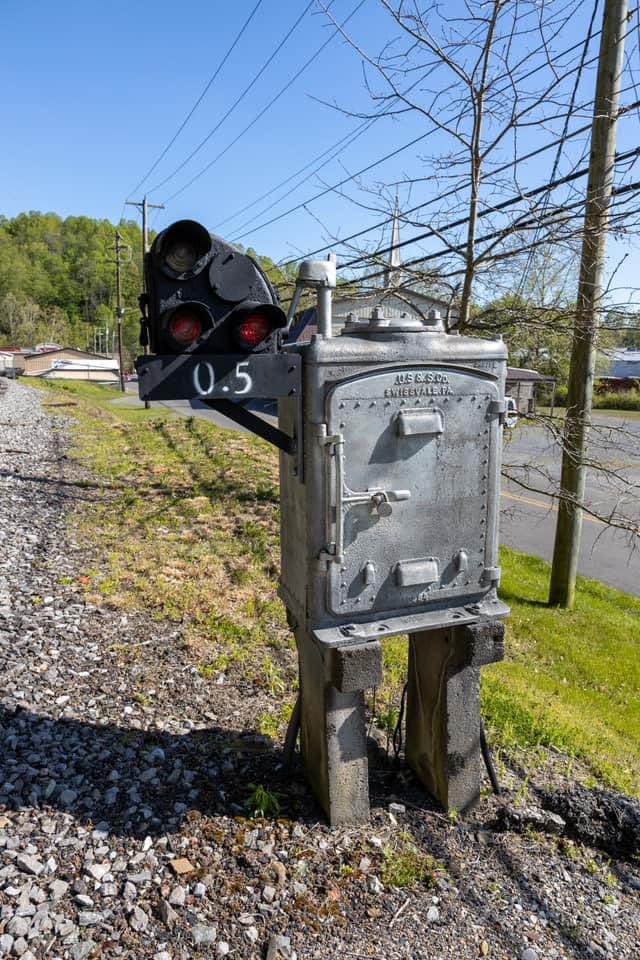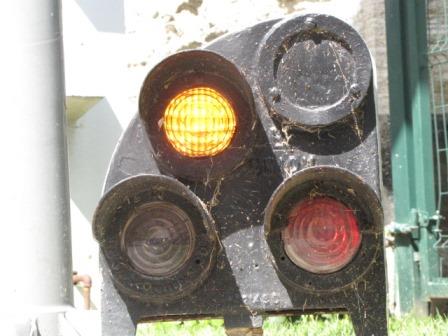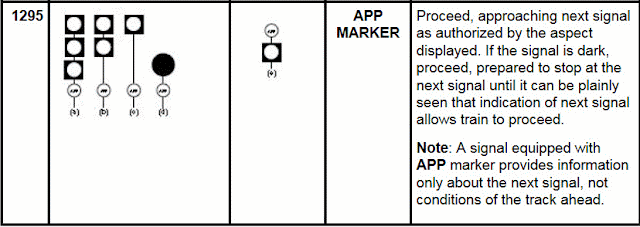For the last post of 2023 I'm going to go through my backlog of searchlight related news items. First up is the Florida East Coast where we are all aware of the re-signaling in the Brightline Zone, but it appears that the remaining searchlights on the north end are also on the way out. The Bayard siding, just south of Jacksonville, had no evidence of signal replacement in Feb 2023, but new masts were in place by September.
Up on the former B&M Main Line east of the CSX zone in Ayer, there was been a good deal of searchlight attrition, but this has been a piecemeal process and at milepost 425 near the VT/NY state line the MP 435 searchlight was still standing as of may 2023.
East of Ayer CSX hasn't quite had enough time to start re-signaling projects as they are still trying to rebuild the connector from Warcester to Ayer. Getting out to the two searchlit interlockings between the Lowell and Fitchburg MBTA zones are high on my list.
Up on the former Montana Rail Link the searchlight replacement is ongoing with new signals up around EAST BOZEMAN.
Unfortunately around 2019-2022 many remaining searchlights on the BNSF San Bernardino Sub lost its ATSF vintage searchlights except for a few around the Riverside Station.
Finally on the UP/BNSF Joint Line south of Denver, an interesting situation has developed where CTC has been added to one of the two former single direction ABS tracks and the other has been left as ABS with no PTC due to a lack of need. This has at least temporarily saved a number of searchlights, including the mast at Milepost 226.8 just of US 85 north of Castle Rock, which has had a replacement hovering over it since 2018.
That's all for now. Remember there's no time like the present to get out and get your photos. I'll be doing a followup piece on re-signaling on the New England Central line in the CT River Valley in a few months.
